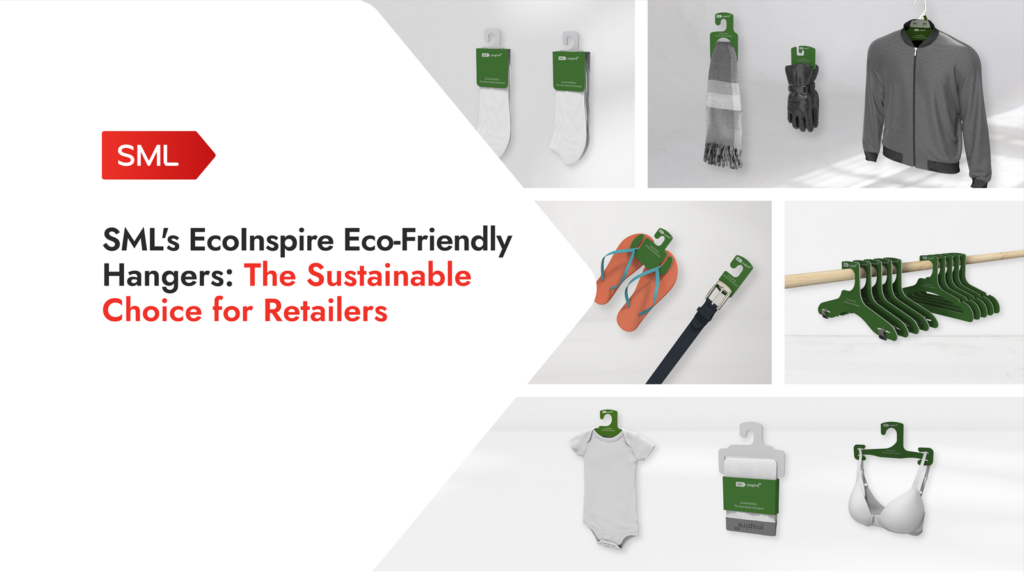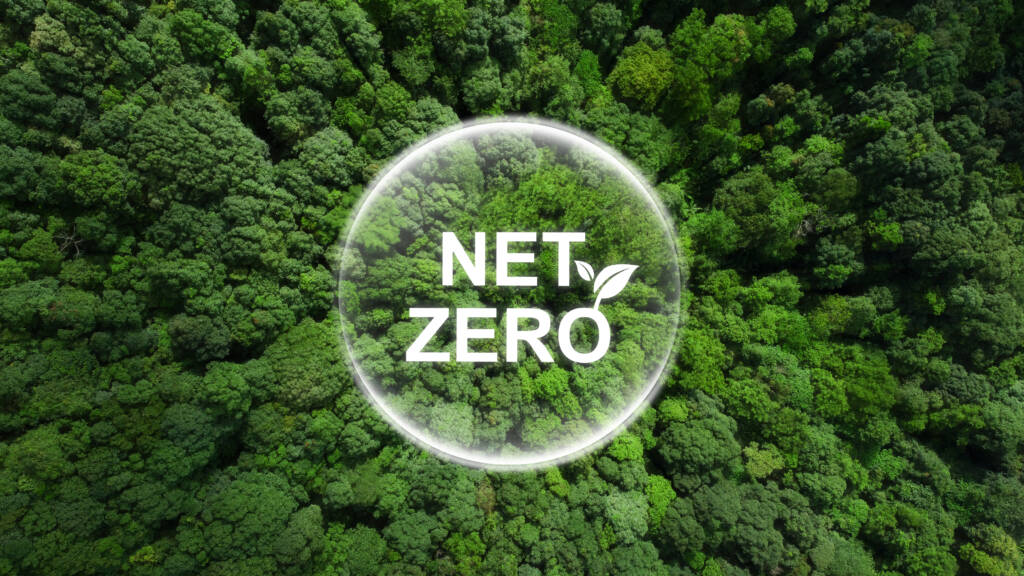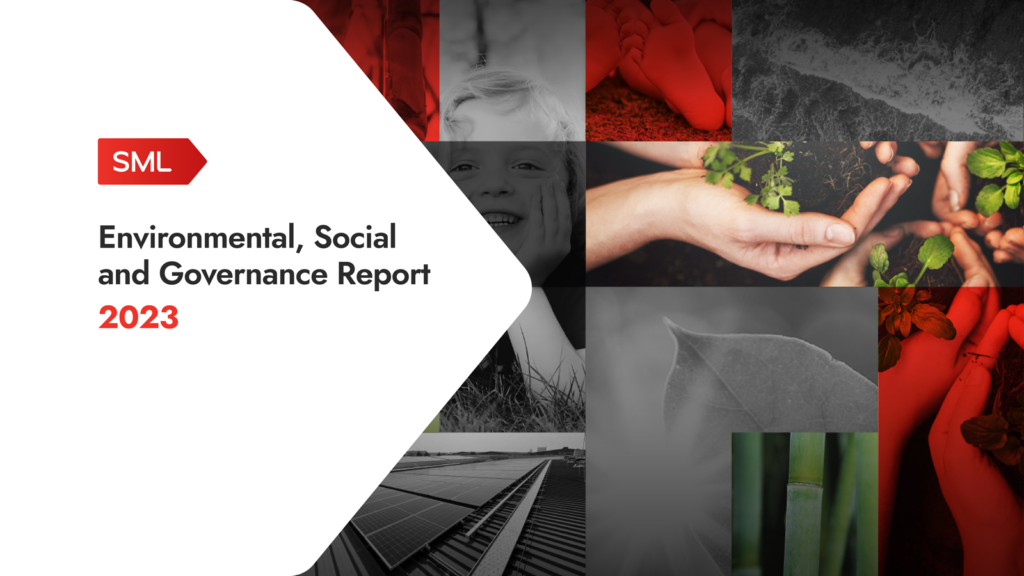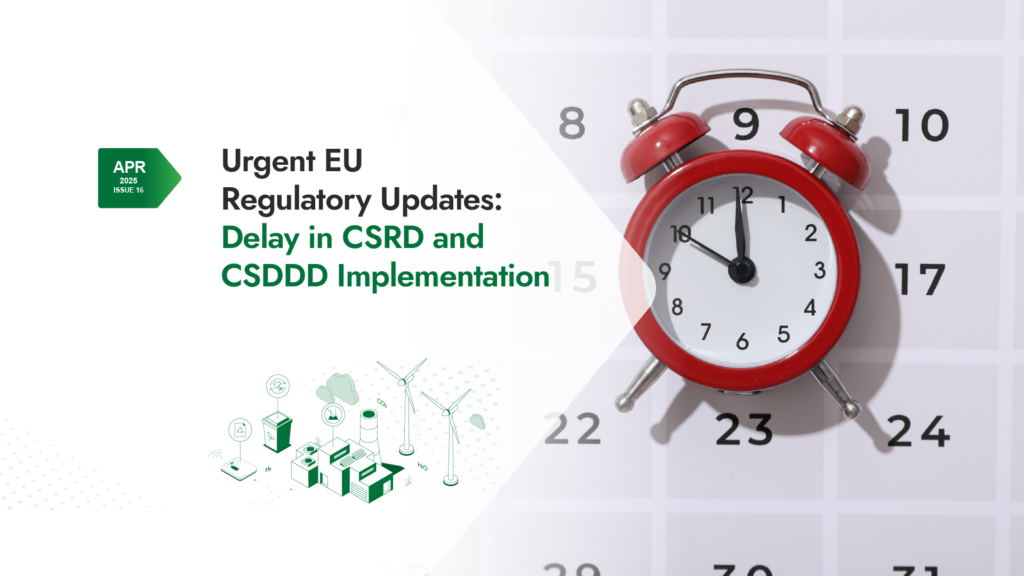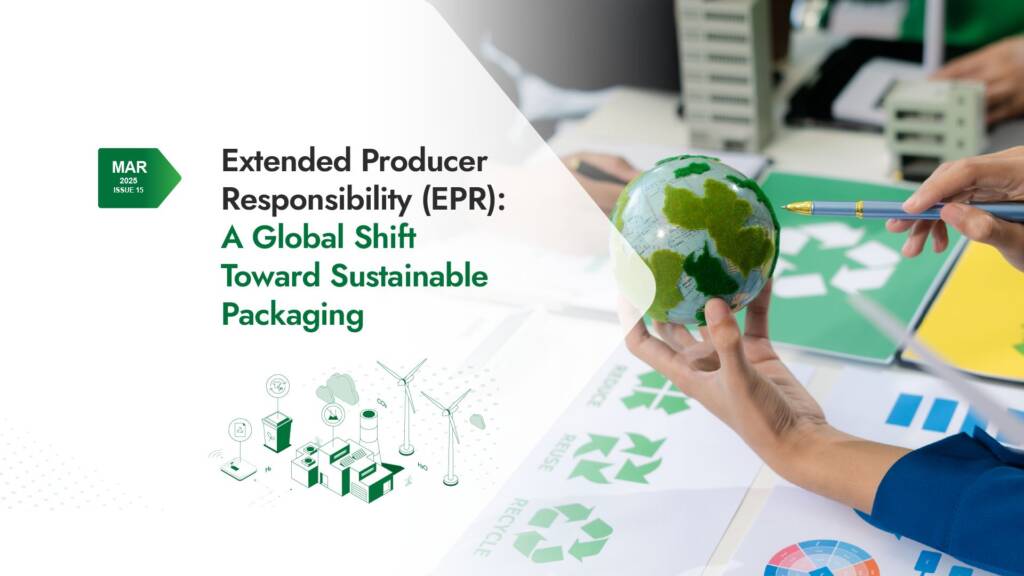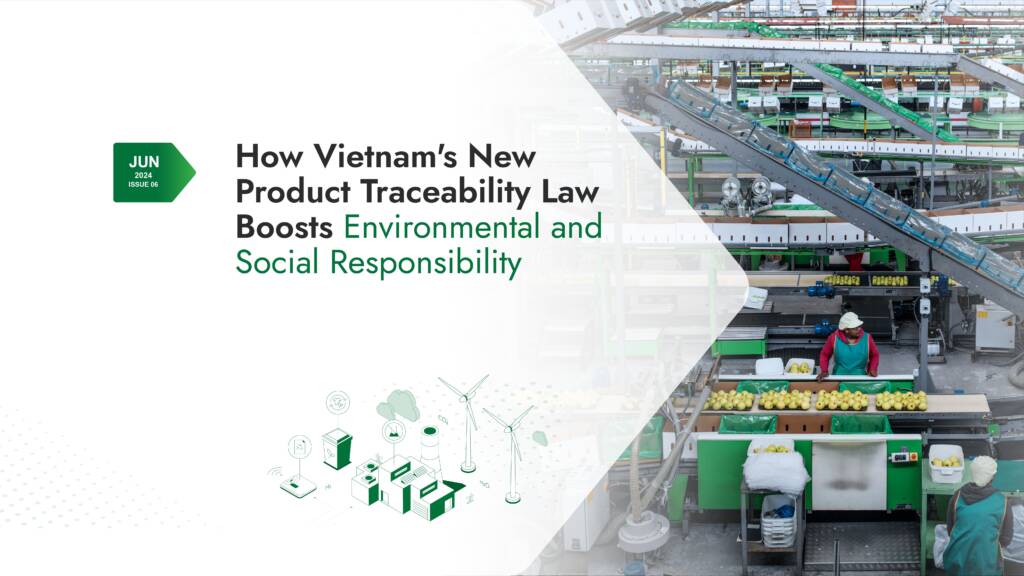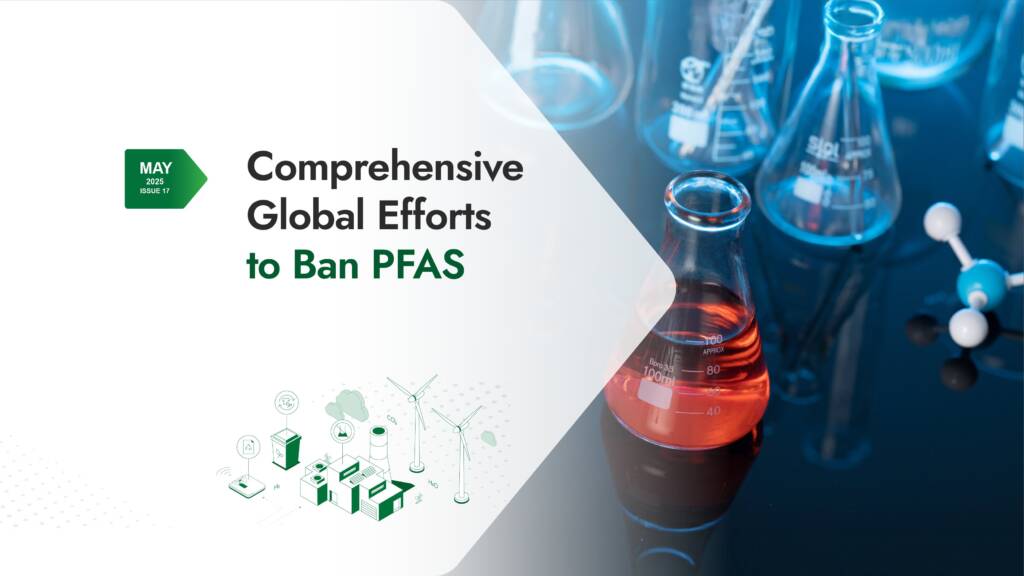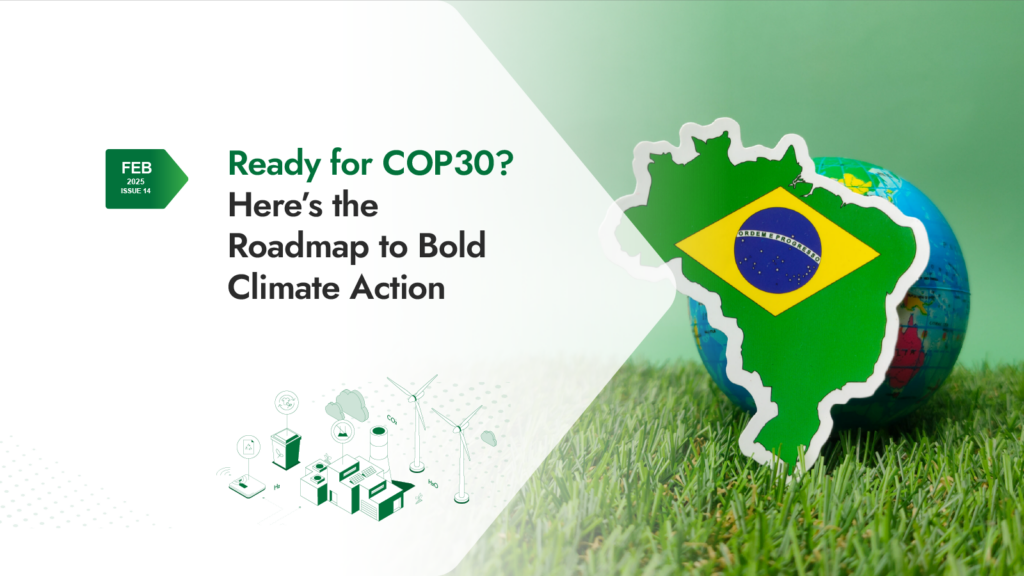Sustainability Insights #19
Is your business ready for China’s transformative plastics standards? From restricted substances to recyclable design, these regulations are reshaping the industry.

China is taking bold steps to advance its circular economy with new standards aimed at improving recycled plastic quality and product recyclability. These initiatives align with global sustainability goals and aim to create safer, higher-quality recycled plastics, setting a benchmark for industries worldwide.
Regulating Restricted Substances in Recycled Plastics
Starting June 1, 2025, the new voluntary national standard, “Plastics-Limits for Restricted Substances of Recycled Plastics” (GB/T 45091-2024), will regulate hazardous substances in recycled materials. By classifying substances into control, declaration, and warning categories, this standard ensures safer and higher-quality recycled plastics.
What Does the Standard Cover?
The regulation introduces a hierarchical framework, classifying substances into control, declaration, and warning categories. Each category specifies limit values and testing methods, ensuring compliance across the supply chain.
Controlled Restricted Substances Examples:
| Substance Name | CAS Number | EC Number | Reported Uses in Plastic Materials |
|---|---|---|---|
| Chromium (VI) | 18540-29-9 | 606-053-1 | Pigments in plastics, additives & catalysts |
| Cadmium | 7440-43-9 | 231-152-8 | Pigments and stabilizers in plastics |
| Mercury | 7439-97-6 | 231-106-7 | Manufacturing in Poly vinyl chloride (PVC) with mercury-based catalysts |
| Lead | 7439-92-1 | 231-100-4 | Chromate pigments & heat and UV stabilizer in PVC |
| Polybrominated Biphenyls (PBB) ¹ | / | / | Flame retardants in plastics |
| Polybrominated Diphenyl Ethers (PBDEs) ¹ | / | / | Flame retardants in plastics and textiles |
| Phthalates (DEHP, DBP, BBP, DIBP) ¹ | / | / | Commonly used as plasticizers in flexible PVC |
Note ¹: CAS and EC numbers for these substances can be found in official regulatory databases
The standard applies to manufacturing, trade, and supervision of recycled plastic materials but excludes plastics derived from hazardous waste like medical or pesticide packaging, as well as radioactive waste.
Designing Plastics for Circularity
China is also developing national recyclable design guidelines to make plastic products easier to recycle. Draft standards for PET (Polyethylene Terephthalate) and HDPE (High-Density Polyethylene) are under review and expected to be finalized by August 2025.
Expanding to Flexible Packaging
The initiative will later include films and flexible packaging made from Polypropylene (PP) and Polyethylene (PE) to address a broader range of plastic applications. The guidelines prioritize:
- Material Selection: Using recyclable resins and additives.
- Design Simplicity: Avoiding dark colors and ensuring labels, inks, and adhesives can be easily removed.
China’s dual focus on regulating restricted substances and designing for recyclability reflects a well-rounded strategy to lead the global shift toward sustainable plastics. These efforts are aimed at:
- Producing safer, globally compatible recycled materials.
- Promoting long-term collaboration between industries and regulators.
- Avoiding pitfalls like greenwashing by using measurable, science-based standards.
China’s leadership in creating safer, more recyclable plastics signals a powerful shift toward a sustainable circular economy. These initiatives provide a roadmap for global industries to follow, balancing environmental responsibility with practical innovation.
Source:
Enviliance ASIA
Key takeaways:
China is advancing its circular economy with new standards for safer, recyclable plastics, regulating hazardous substances, improving design for recycling, and setting a global benchmark for sustainability.

We are excited to share that our Bangladesh production sites have achieved their first Recycled Claim Standard (RCS) certification! This milestone highlights our unwavering commitment to traceability, transparency, and sustainability in recycled materials.
What is RCS?
The Recycled Claim Standard (RCS) ensures the authenticity and traceability of recycled content throughout the supply chain—from the raw material source to the final product.
When combined with our Global Recycled Standard (GRS) certification—which also addresses broader environmental and social criteria—these certifications empower us to offer:
- Sustainable product options for environmentally conscious customers.
- Enhanced supply chain transparency to meet regulatory and consumer expectations.
- Circular solutions that reduce waste and promote eco-friendly practices.
These certifications mean you can confidently choose products that align with your sustainability goals, knowing they are backed by credible standards.

Sustainability starts at the design stage! By rethinking how packaging is created, we can significantly improve recyclability. Here are 5 simple principles for designing recyclable packaging without compromising functionality:
- Protect the product: Prevent spoilage or damage to reduce waste.
- Use mono-materials: Simplify sorting and recycling by avoiding complex material blends.
- Think efficiency: Design packaging that can be emptied completely to minimize leftover waste.
- Enable circularity: Make sure packaging can be collected, sorted, and reused.
- Incorporate recycled materials: Whenever possible, use certified recycled content to close the loop.
Pro tip:
Stay ahead by aligning your packaging designs with regulations like the EU Packaging and Packaging Waste Regulation (PPWR) and the Single-Use Plastics Directive (SUPD). These frameworks encourage businesses to adopt sustainable practices while meeting compliance standards.

to discover tailored solutions and
lead the way in sustainability.

